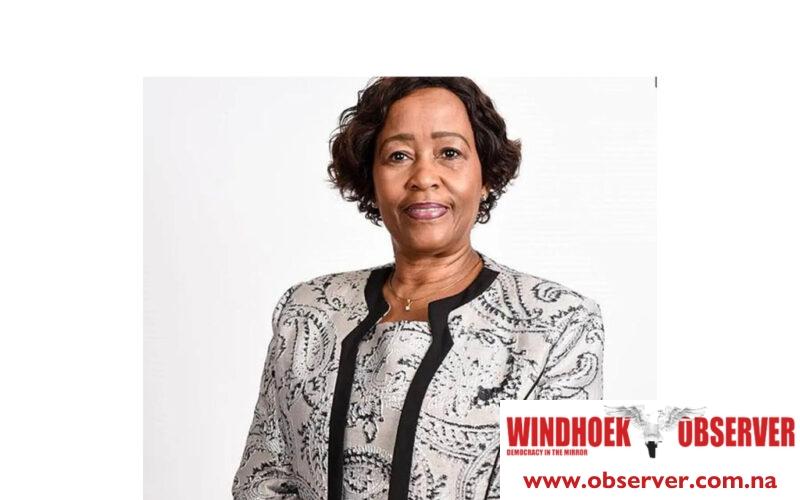Allexer Namundjembo
Nearly seven years after the Second National Land Conference, only 14% of its resolutions have been fully implemented.
Land minister Inge Zaamwani said of the 176 resolutions adopted in 2018, only 25 have been completed.
She said 134 resolutions, or 76%, are still being worked on, while 17, or 10%, have not yet started.
“We are working to implement the resolutions from the Land Conference, focusing on resettling landless farmers and marginalised communities,” Zaamwani said during her budget presentation for the 2025/2026 financial year in the National Assembly.
The 2018 conference addressed key issues in resettlement, ancestral land claims, and urban land access.
That year, the Ministry of Land Reform identified 243 farms, covering 1.16 million hectares and owned by foreign nationals, for possible expropriation.
By 2023, a draft progress report revealed that only 25 of the 169 resolutions had been fully implemented.
The report indicated that 133 resolutions were in progress and one was pending.
It also noted that 16 resolutions were carryovers from the first land conference in 1992.
This implies that the 2018 gathering has only fully implemented nine new resolutions.
The resolutions aim to ensure fair land distribution, promote land ownership for women and youth, and improve access to agricultural services.
Land acquisition remains central to reform.
This financial year, the ministry acquired eight farms for resettlement, covering more than 30 000 hectares at a cost of nearly N$87 million.
Two more farms were bought for over N$28 million to benefit generational farm workers, who have struggled to access land.
In December 2024, two commercial farms in the Khomas Region, totalling 8 132 hectares, were handed over to the Khomanin Traditional Authority.
Khomas was previously the only region without communal land.
The move was seen as an effort to expand communal land access for indigenous groups.
More than 31 000 hectares have been acquired in areas such as Otjimbingwe, Ovitoto, and Aminius.
The aim is to alleviate grazing pressure and boost agriculture in communal areas.
Six beneficiaries have been resettled, and over 7 300 communal land rights have been ratified to improve land security.
The ministry plans to reintroduce the Land Bill, which was delayed after the dissolution of the 7th Parliament.
The bill seeks to ban foreign land ownership and improve land access for women, youth, and corridor farmers.
“Passing the Land Bill is necessary for ensuring that land reform can be fully implemented,” Zaamwani said. “The bill aims to create a more equitable land ownership framework for Namibians.”
The 2018 Land Conference emphasised the need for land redistribution to address historical inequalities.
President Hage Geingob and other participants stressed the role of land in empowering disadvantaged communities.
Zaamwani said challenges remain, including limited funding, rising land prices, and the withdrawal of farm offers.
For the 2025/2026 financial year, N\$323 million has been allocated to land purchases, expanding communal areas, and rolling out urban land reform under the Flexible Land Tenure System.
“The Land Bill is a critical step toward achieving the goals of land reform,” Zaamwani said.




